
In the last article about intestinal parasites, we talked about two of the most common intestinal worms; roundworms and hookworms. We also talked about the importance of a doing a fecal sample once or twice a year to look for worm eggs. This time, we’ll look at four other common intestinal parasites. Just to review, roundworms live inside the intestine, but don’t attach to the intestinal wall. These worms feed on the nutrients that the pet eats. Puppies are often born with roundworms, and can lose weight with a worm infection because the worms compete for nutrients. Hookworms on the other hand, burrow into the intestinal wall and suck out blood and protein. Like roundworms, these worms only tend to be a problem in puppies.
Everyone has heard of tapeworms. Dogs and cats can get tapeworms too. The most common tapeworm is called Dipylidium caninum, or the ‘flea tapeworm’. Tapeworms tend to be more uncomfortable than harmful to the animal. This is because the adult tapeworm is made of many little segments, attached end-to-end. The worm looks like very small links of sausage attached to each other. These segments gradually fall off of the adult worm inside of the intestine and leave the animal via its stool. As the segments leave the animal, they can crawl around the butt and irritate the skin in that area. This results in the two most common signs that an owner will notice with a tapeworm infection an itchy butt and ‘pieces of rice’ on the fur around the butt. The pieces of ‘rice’ are actually the tapeworm segments.
It is called the ‘flea tapeworm’ because the life cycle of this tapeworm involves fleas. Once the segments leave your pet, they dry out and burst, releasing microscopic eggs. Flea larvae eat the eggs and become infected with a form of the tapeworm that does not harm them. When your pet gets fleas, it will chew on the itchy areas and will inevitably eat some fleas (that are infected with tapeworm). This is how tapeworm gets into your pet’s intestines.
Tapeworm infection is diagnosed by finding the segments in the feces. As you have probably figured out, it is important to treat both your pet for both tapeworms and fleas. If you just treat the tapeworm infection, your pet will become infected again as soon as it eats more fleas.
The next intestinal parasite is not a worm. Giardia is a microscopic organism (protozoa) that attaches to the intestinal wall with something that looks like a suction cup. This causes diarrhea by preventing the intestine from absorbing nutrients. Giardia can be diagnosed with a fecal sample. However, you will often need to do more than one test because giardia is not always present in the feces. There are a variety of drugs that can be used to treat an infection, but there is no single drug that will successfully treat all infections. So often it takes a few treatments, plus treatment of the animal (shampoo) and house to get rid of a giardia infection. Remember, giardia is infectious to humans, as well.
Another type of intestinal protozoa is coccidia. This is a very complicated little organism. An animal infected with coccidia may show no signs or may have diarrhea. Coccidia causes diarrhea in two ways. It multiplies in the intestinal cells causing them to burst and die. It also causes inflammation in the intestine. These two things together decrease the ability of the intestine to absorb nutrients. Just like giardia, you often need to do more than one fecal sample to diagnose coccidia. Treatment of giardia uses drugs that don’t kill the organism, but help the animal’s immune system clear the infection.
Cryptosporidium is a less common organism that is closely related to coccidia, and causes diarrhea in a similar way. However, it is important to know that cryptosporidium is infectious to humans. There is no treatment for cryptosporidium in either humans or animals. Humans will eventually clear the infection, while some puppies can actually die from a cryptosporidium infection. Good thing cryptosporidium isn’t common!
Intestinal parasites are very common in dogs and cats. The best way to prevent your pet from becoming infected with an intestinal parasite is to make sure it doesn’t eat the feces of other animals. Many times that is impossible, because eggs can last in the environment long after the feces have disappeared. The eggs can often live in water, too. Therefore, we often can’t prevent intestinal parasites. This is why it is a good idea to bring a fecal sample to your veterinarian once or twice a year. Between you and your veterinarian, you can keep your pet as happy and healthy as possible!
Article by Ashley O’Driscoll – Pets.ca writer
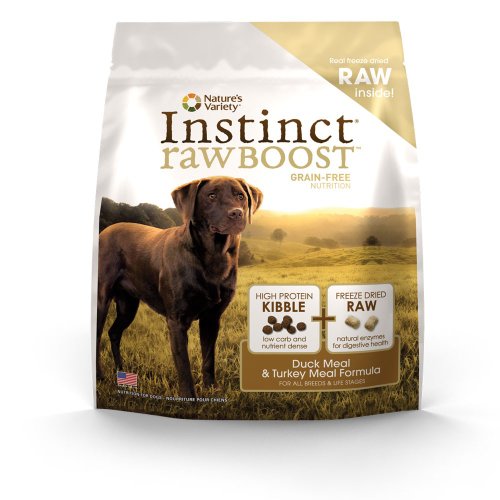 Natures Variety Instinct Raw Dog Food: Best Choice for Your Treasured Pet
Natures Variety Instinct Raw Dog Food: Best Choice for Your Treasured Pet
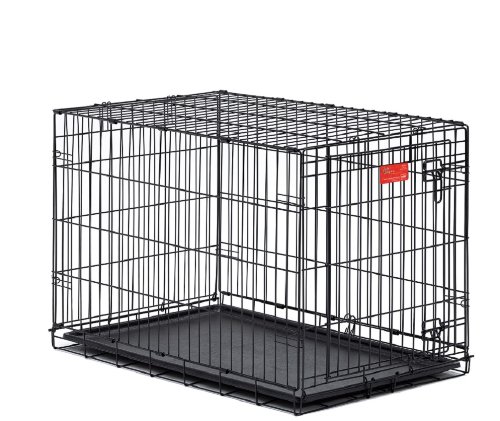 Manners Versus Obedience In Dog Training
Manners Versus Obedience In Dog Training
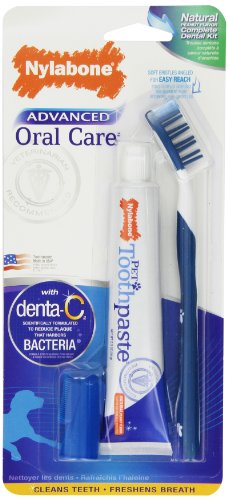 Dog Dental Health: Preventing Diseases and Plaque On Your Dogs Teeth
Dog Dental Health: Preventing Diseases and Plaque On Your Dogs Teeth
 How Service Dogs Can Be A Godsend For Children With Autism
How Service Dogs Can Be A Godsend For Children With Autism
 Traveling Dogs - How to travel with your dog
Traveling Dogs - How to travel with your dog
 Is Your Dog Depressed?
Is Your Dog Depressed?
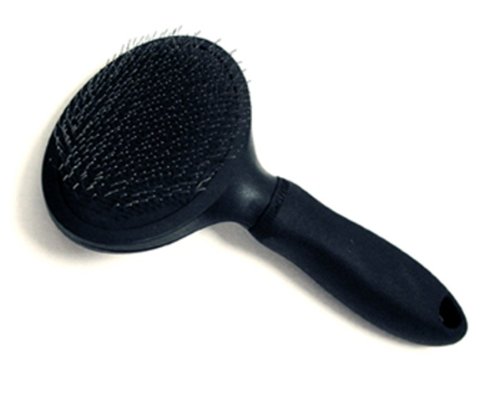 Caring For a Golden Doodle
Credit: www.pixabay.com
Caring For a Golden Doodle
Credit: www.pixabay.com
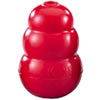 Eight Great (and durable) Dog Toys
Eight Great (and durable) Dog Toys
There are thousands of
Eight Great (and durable) Dog Toys
Eight Great (and durable) Dog Toys
There are thousands of
 The Maltese Dog is a Loving Companion to Royalty and Celebrities Alike
The Maltese is a popular bre
The Maltese Dog is a Loving Companion to Royalty and Celebrities Alike
The Maltese is a popular bre
 Best Options for a GPS Locator for Pets
I remember when I was a chil
Best Options for a GPS Locator for Pets
I remember when I was a chil
 A Review of The Invisible Fence
Chubbymy pet LabradorI have a pet dog, named him Buddy, he i
A Review of The Invisible Fence
Chubbymy pet LabradorI have a pet dog, named him Buddy, he i
Copyright © 2005-2016 Pet Information All Rights Reserved
Contact us: www162date@outlook.com